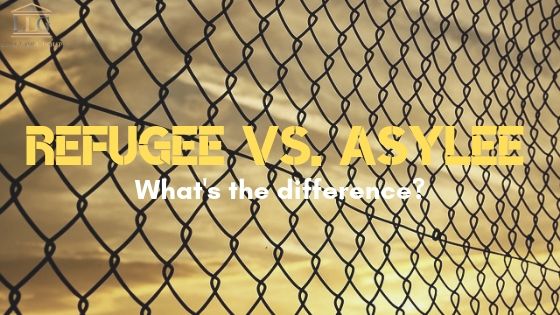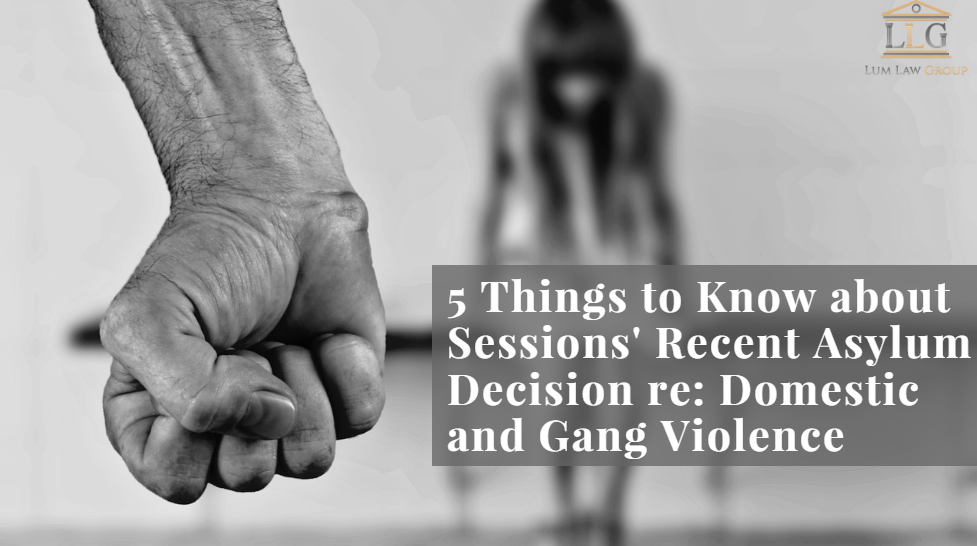Telling your story in your immigration application or petition

Storytelling might not be the first thing that comes to mind when planning your immigrant or non immigrant benefit application or petition, but it is worth considering. The United States Citizenship & Immigration Services (USCIS) forms request a great number of facts while leaving little room for explanation. As such, many self-applicants may believe they […]
What is a Refugee? What is an Asylee? What’s the difference?

In popular media the terms ‘refugee’ and ‘asylee’ are often used interchangeably. It’s difficult to tell the difference between seeking refuge and seeking asylum. After all, don’t they mean the same thing? When it comes to the specific ways the terms apply in immigration, the answer is no. In this article, we will explain the […]
5 Things to Know about Sessions’ Recent Asylum Decision re: Domestic and Gang Violence

We have been carefully following Attorney General Jeffrey Sessions’ review of the domestic violence asylum case (Matter of A-R-C-G-, 26 I&N Dec. 338 (BIA 2014)), which he overturned on June 11, 2018. While our previous post on Sessions’ asylum decision was rather detailed, this post will outline the top five things you need to know […]
Choose Your Representative Wisely

IMMIGRATION – ASYLUM APPEAL Recently I appeared before the Ninth Circuit for oral argument on a immigration appeal where my client was originally granted asylum, but the case was reopened on a motion by the government and subsequently the trial court found he had filed a frivolous asylum application but still granted him withholding of […]

